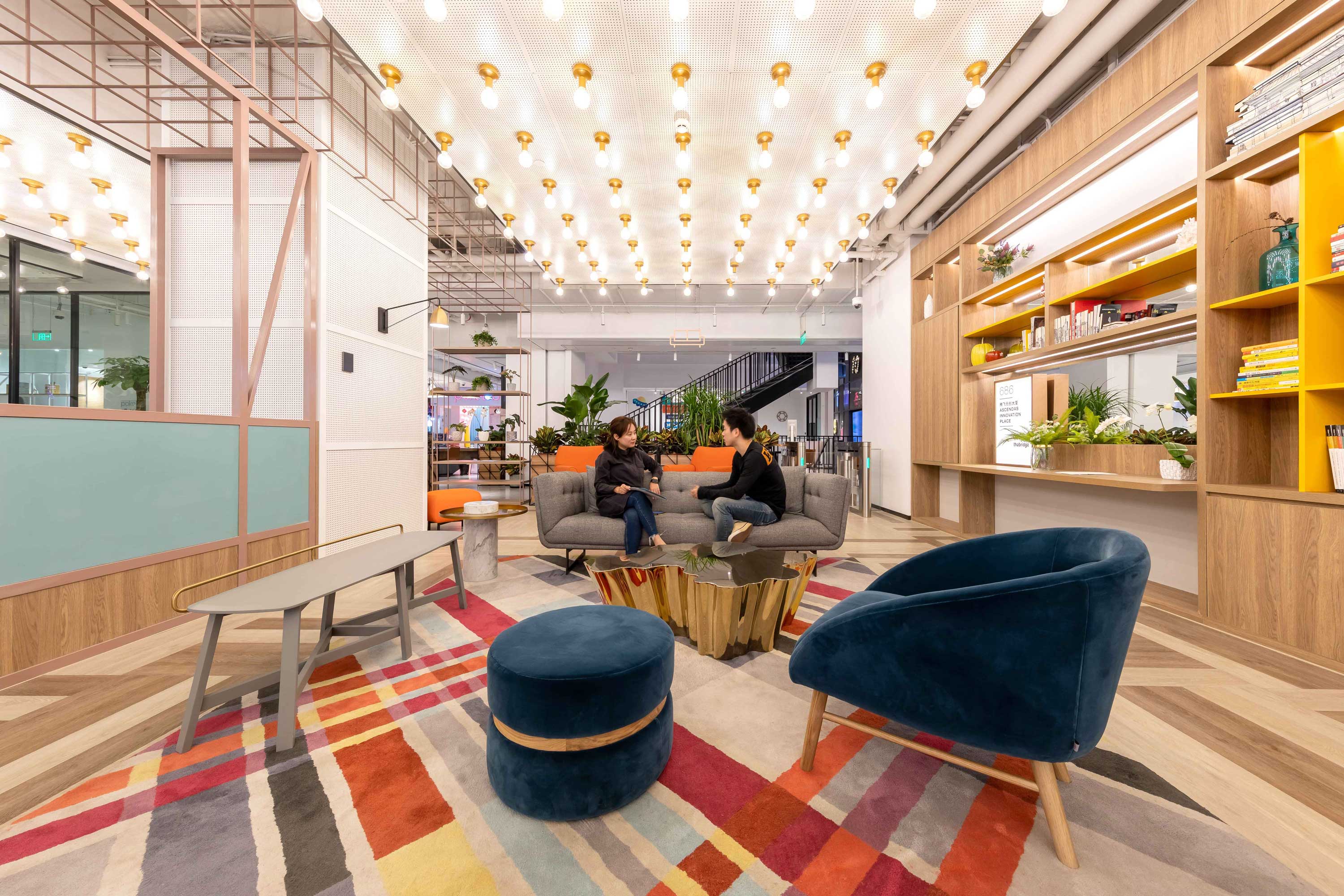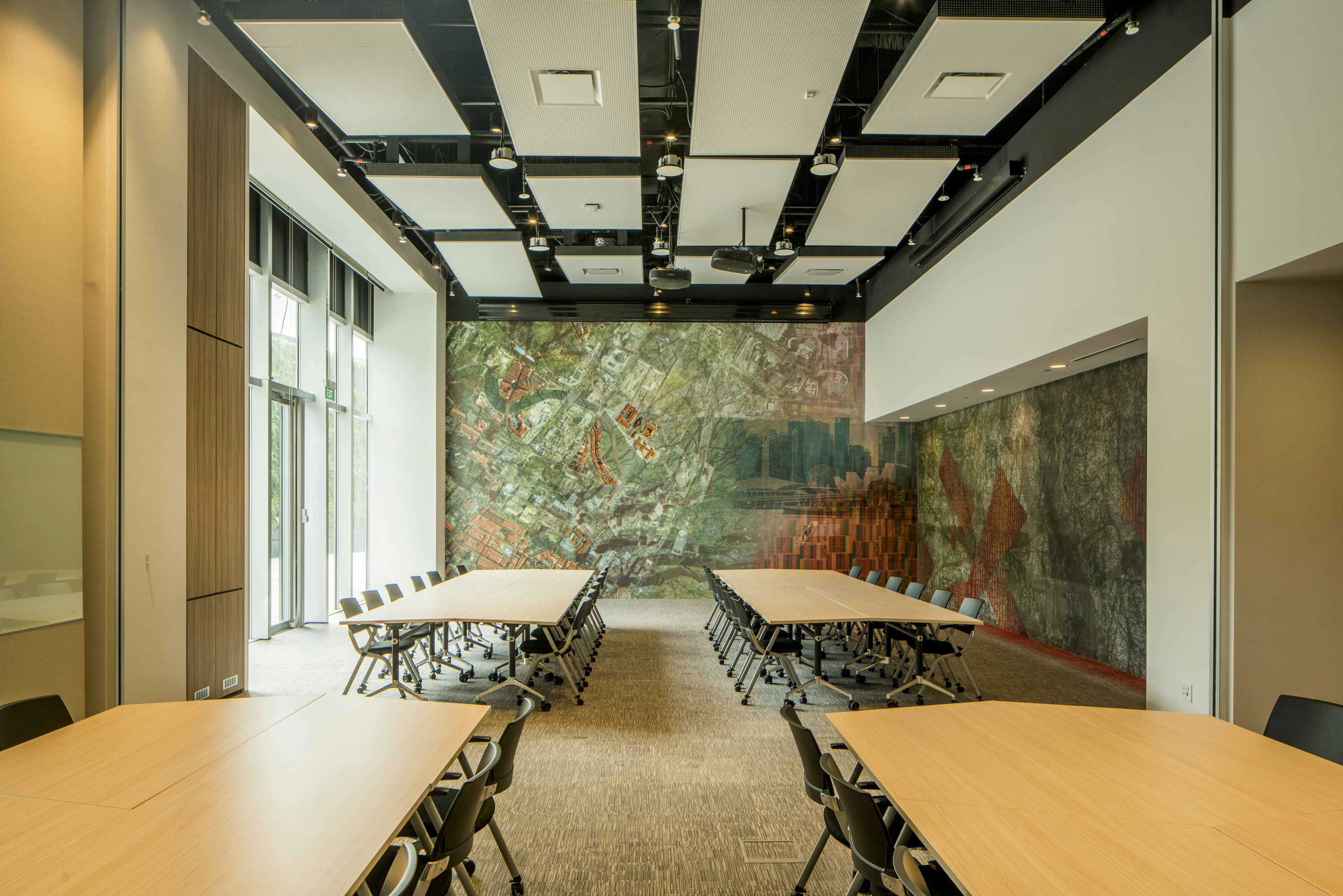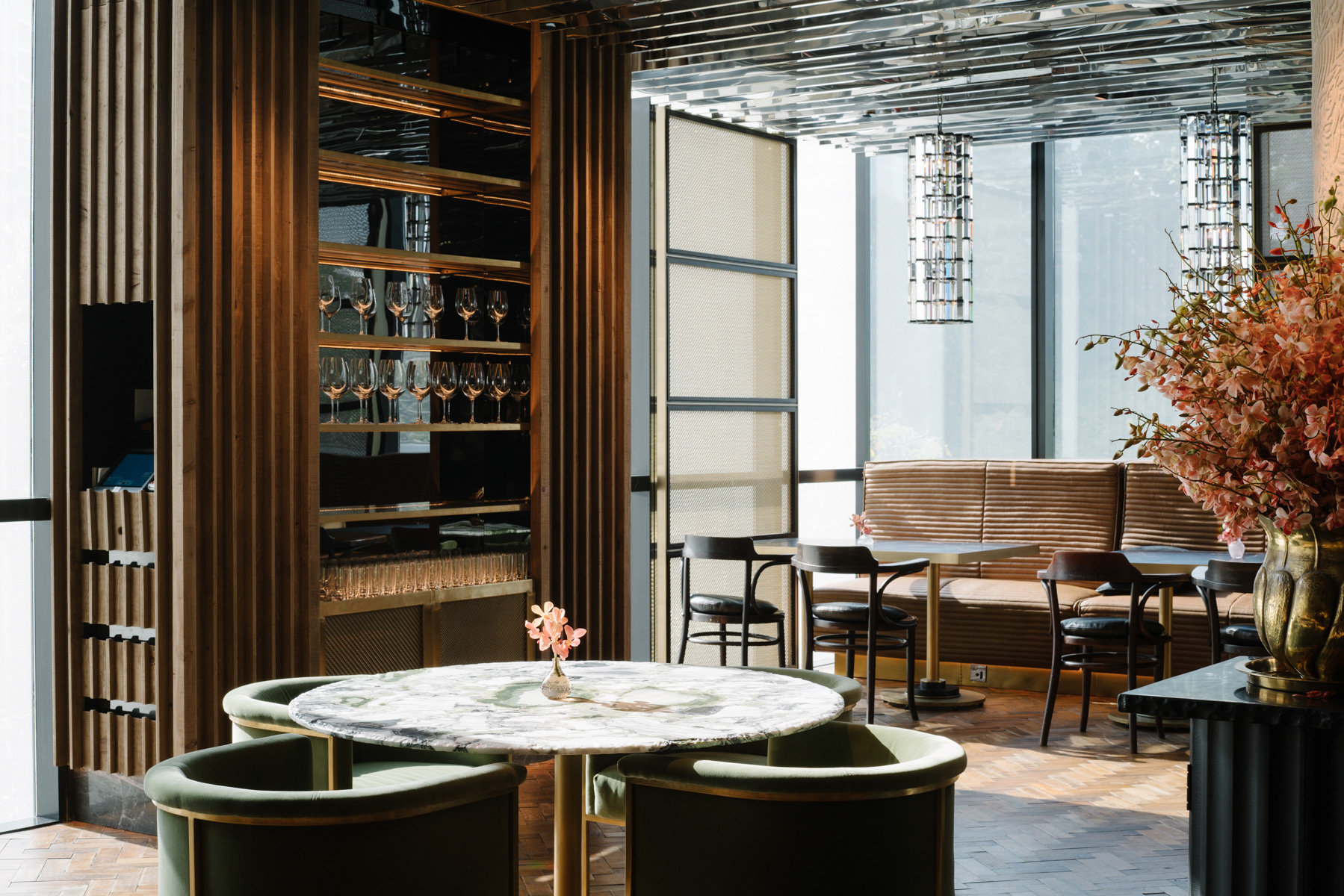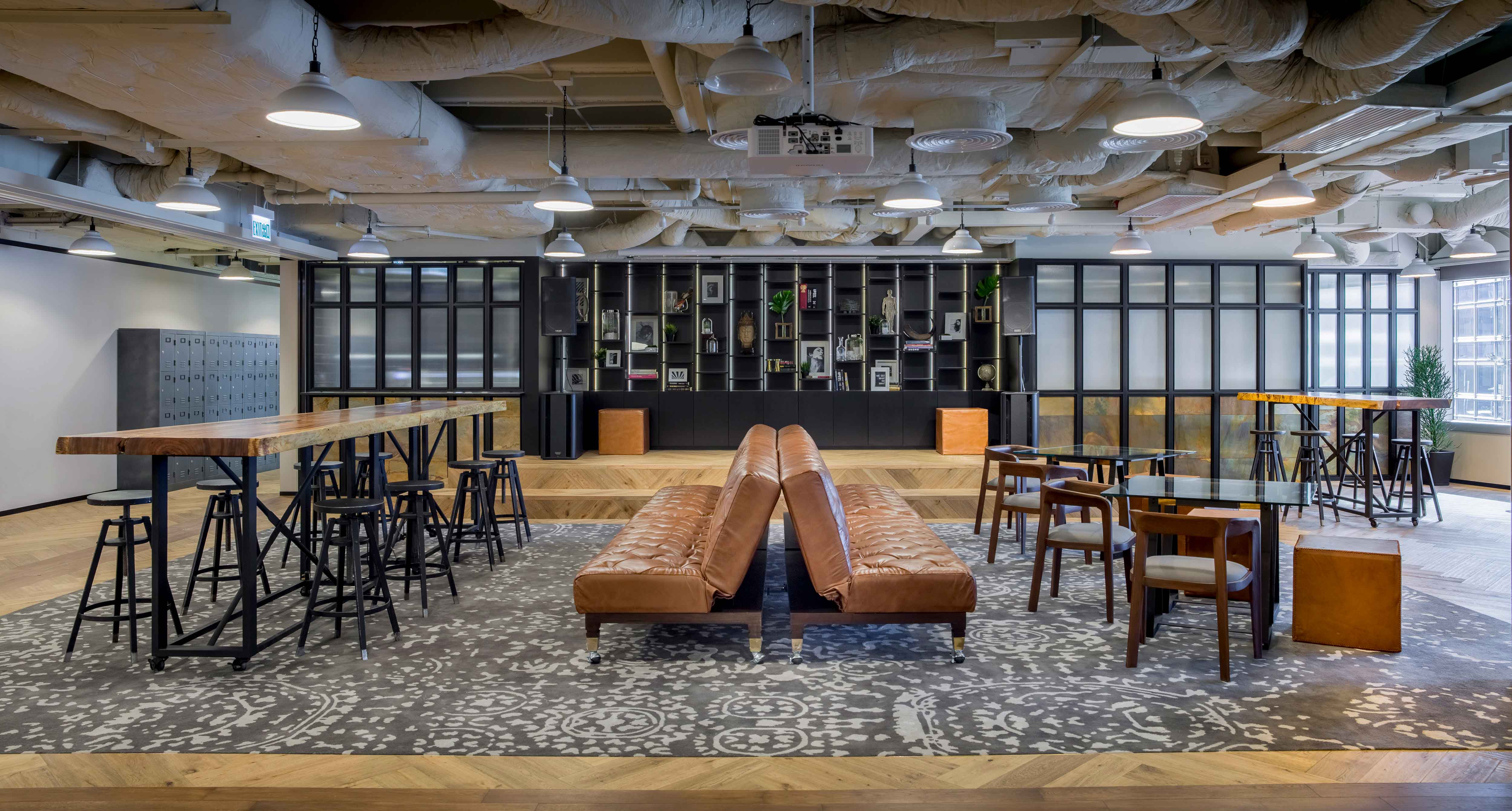Space as a service: The onset of a real estate revolution
A decade back, success might have meant holding a steady, well-paid job, driving a new car and coming home to your own house.
Today, a challenging job, the freedom to travel often, and the ability to enjoy new experiences are closer to the modern idea of success. Millennials have shifted focus from ownership of assets to simply having access to those assets when needed. They don’t mind using ride-sharing apps to get to work, streaming movies instead of buying DVDs or eschewing the holiday home in favour of local BnBs.
This shift is reflected in the spaces one lives and works in, too. Commercial and residential spaces are no longer just real estate assets and are seen more as a service that caters to the changing needs of non-traditional lifestyles. What’s more, the same is true for the third spaces – places where people spend time outside work and home.
3 factors that differentiate the space-as-a-service model from traditional offerings:
- Flexibility: As they constantly explore new opportunities, the space-as-a-service model offers millennials an alternative to expensive real estate investments that tie them down.
- Connectivity: While traditional spaces don’t always prioritise connectivity, developers today are investing in full-fibre networks at coworking and co-living spaces.
- Community: Where the demands of work make it difficult to stay connected, the space-as-a-service model functions to bring together like-minded peers, thereby catering to one’s emotional requirements too.
Here’s how the space-as-a-service model encompasses the different aspects of one’s life.
Work life

thebridge @Ascendas Innovation Plaza | Shanghai
As more companies embrace remote and flexible working options, a service-oriented coworking model makes sense in the commercial real estate landscape.
An entrepreneur today can hit the ground running with a fully functional office already at their disposal. Many coworking spaces also offer financial consultation, networking opportunities and investor events to make things even easier for a new company. Even large corporations cannot ignore the advantages of coworking spaces. The end-to-end service model lets them branch out with
satellite offices in different cities, with minimum investment upfront.
thebridge @Ascendas Innovation Plaza, Shanghai
Irrespective of the size of a firm, flexibility is a major requirement from coworking spaces. Freelance professionals and solopreneurs want to make optimum use of their workspace a few times a week, without paying for the days when they’re out networking. Startups, on the other hand, may need their workspace to be flexible so that they can scale up anytime. That’s why, at our
Ascendas-Singbridge projects across Singapore and Shanghai, we incorporated movable screens within the open office interiors, as well as partitions and interconnecting doors that lead on to private suites. Smaller companies can thus easily expand their operations – and have access to a larger space to work from when they do.

thebridge by Ascendas-Singbridge, Singapore
Home life
With job roles changing fast, millennial professionals find themselves frequently relocating to different cities. For these professionals, buying a house, or even taking a long-term lease does not make sense. Nor is it feasible to buy furniture, appliances and other day-to-day necessities with every move.
Co-living spaces provide the perfect solution in this scenario. Micro-rentals can be acquired for only as long as they’re needed – even if that happens to be for a few months. But far from being temporary, dorm-like accommodations, these spaces are designed to appeal to millennial tastes. They are fitted out with all the necessary amenities, done up in tasteful colours and feature lots of natural elements like wood, bamboo and stone. Shared facilities like kitchen spaces, internet and gyms drive down the costs even further. Paid laundry and cleaning facilities are a part of the service, as is prompt attention to any maintenance issues. So one can simply arrive in a new city and find their new home, all ready to move into!
Yet another factor contributes to the popularity of co-living spaces – they provide face-to-face interaction to those looking for it. Community-focused activities are frequently organised, and with added opportunities to interact over breakfast or coffee evenings, these spaces reduce the angst of starting over in a new place.
Co-living spaces are finding more takers among millennials all across Singapore, India, Shanghai and other economic hubs. The scarcity of rental units in these urban centres also accounts for the popularity of the co-living concept. This shift in preference was reiterated at our
Dream Big Designathon held in Singapore last week, in partnership with Temasek Polytechnic. The designathon challenged the participating students to give free rein to their design thinking capabilities and create a co-living project proposal centred around Singapore’s digital nomads. The focus on community-led flexible spaces geared towards the sharing economy was the central element in each of the winning entries.
Third spaces
With people’s private and professional lives running into each other, members’ clubs and social clubs have emerged as important third spaces. However, in keeping with modern needs, these clubs have also evolved to embrace the space-as-a-service model.

1880, Singapore
1880 in Singapore is a perfect example. This private members’ club is designed to encourage the art of conversation. From food and beverages to art and music, each of its offerings sparks interesting discussions at its cafes, bars, restaurants and lounges. As is often the case, interesting conversations lead to brilliant ideas – and 1880 caters to that too. There are coworking spaces and meeting rooms where one can hash out a new concept or create their next great business plan.

Eaton Club, Hong Kong
At Hong Kong’s Eaton Club, too, business and leisure intermingle seamlessly. This unique space houses a fintech hub where one can work, hold training sessions and host conferences. It also has lounges and bars, where one can relax, unwind over a pint after work, or entertain a client over lunch. Done up in leather and wood, the space spells warmth and luxury, making it all the more inviting for people after a long day.
Looking to embrace the space-as-a-service model with your workplace strategy? We can help you there. Do
reach out to our team.









